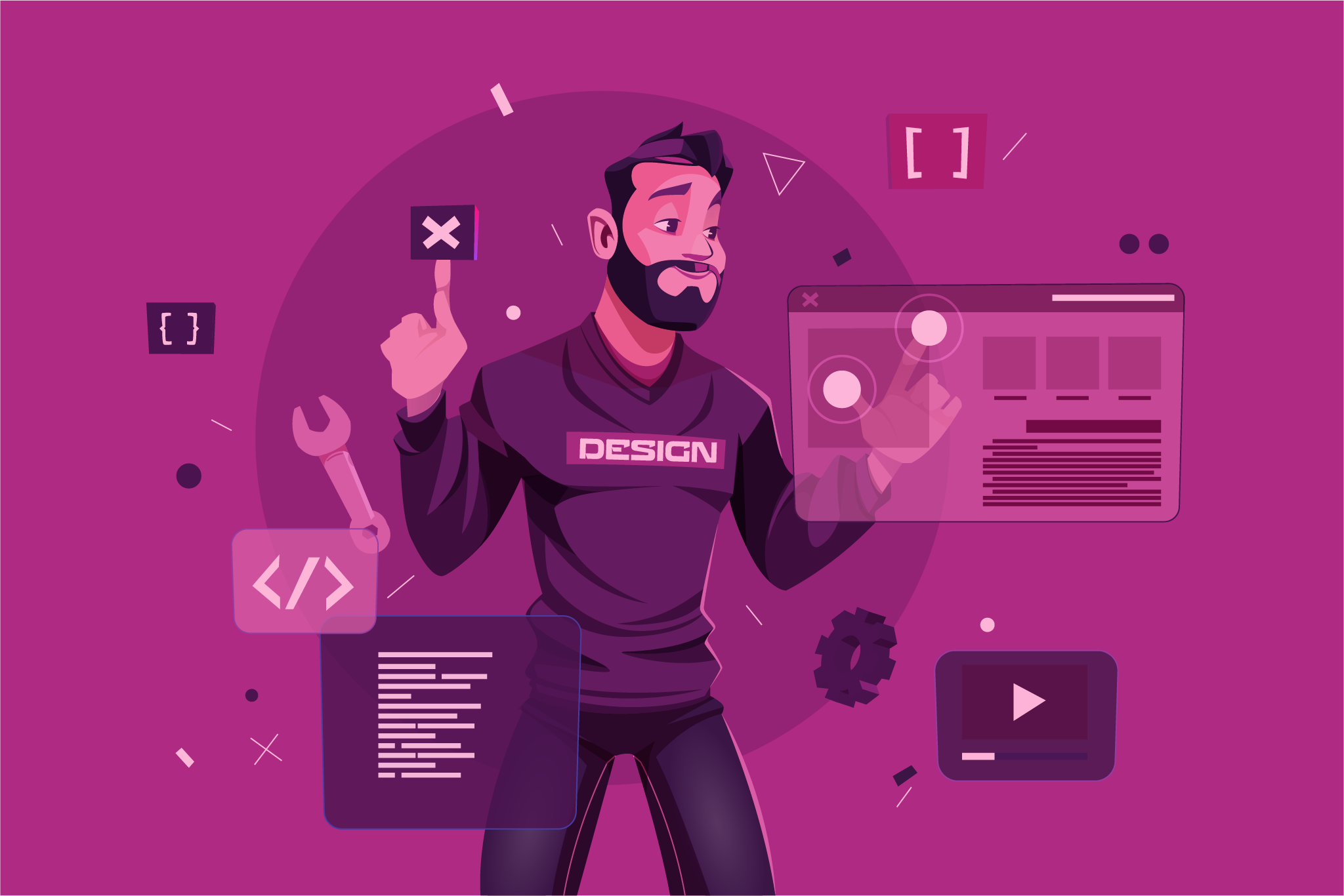Whether you’re a large enterprise or a small business, your website serves as the cornerstone of your business identity. No matter your role, understanding how to hire the right web designer can make the difference between digital success and obscurity.
Understanding the Modern Web Designer: More Than Just Pretty Pictures
What Exactly Does a Web Designer Do in 2025?
A web designer is far more than someone who makes websites look attractive. Today’s web designers are strategic digital architects who blend creativity with technical expertise, psychology with aesthetics, and brand storytelling with user experience optimization.
They’re responsible for crafting the visual interface that users interact with. They’re essentially building the bridge between your business goals and your customers’ needs.
Modern web designers do multiple jobs throughout the design process. They conduct extensive user research to understand behavioral patterns, create detailed wireframes and prototypes, optimize for search engine visibility, and continuously analyze performance metrics.
Unlike web developers who focus primarily on functionality and coding, designers concentrate on the user interface (UI) and user experience (UX) elements that directly impact visitor engagement and conversion rates.
The Evolution of Web Design Roles
The web design industry has evolved dramatically over the past decade. Today, designers must understand responsive design principles, mobile-first approaches, conversion rate optimization, and even basic SEO implementation.
They collaborate closely with diverse teams including developers, content strategists, SEO specialists, brand managers, and marketing professionals to create cohesive digital experiences.
Strategic Reasons to Invest in Professional Web Design
Beyond Aesthetics: The Business Impact
While DIY website builders often produce generic, template-driven results that fail to differentiate your brand in crowded marketplaces. Professional web designers bring strategic thinking that goes far beyond visual appeal.
Revenue Generation
A professionally designed website can increase conversion rates. Designers understand the psychology of user behavior, implementing strategic placement of call-to-action buttons, optimizing page load speeds, and creating intuitive navigation paths that guide visitors toward desired actions.
Brand Credibility
Research shows that users form opinions about website credibility within 0.05 seconds of landing on a page. Professional designers ensure your site immediately communicates trustworthiness, expertise, and reliability.
SEO
Modern web designers understand that beautiful design means nothing without visibility. They implement SEO-friendly design practices including optimized site architecture, fast loading speeds, mobile responsiveness, and clean code structure that search engines favor.
Competitive Advantage
While your competitors might be using generic templates, a custom-designed website positions your brand as industry-leading and innovative. This differentiation becomes increasingly valuable as markets become more saturated.
When to Hire a Web Designer
Signs Your Website Needs Professional Attention
Recognizing when to invest in professional web design can save your business from costly missed opportunities.
Here are key indicators that it’s time to hire a web designer:
Performance Red Flags
If your website loads slowly (over 3 seconds), has a bounce rate exceeding 70%, or shows declining organic traffic, these technical issues require professional intervention. Poor performance directly impacts search engine rankings and user satisfaction.
Outdated Visual Design
Websites that look dated communicate to users that your business might be behind the times. Design trends evolve rapidly, and what looked modern five years ago now appears unprofessional and untrustworthy.
Mobile Incompatibility
With mobile traffic accounting for over 54% of global web traffic, non-responsive websites alienate more than half of potential customers. Professional designers ensure seamless experiences across all devices and screen sizes.
Brand Inconsistency
If your website doesn’t align with your current brand identity, marketing materials, or business positioning, you’re confusing potential customers and weakening brand recognition.
Business Expansion
Launching new products, entering new markets, or scaling operations requires updated website functionality and messaging that supports growth objectives.
Lead Generation Challenges
If you’re struggling to generate qualified leads through your website, professional designers can implement conversion-optimized layouts, strategic content placement, and user journey optimization.
Essential Qualifications for a Web Designer
When evaluating potential web designers, focus on both hard and soft skills that directly impact project success.
Technical Expertise Requirements
Design Proficiency: Look for demonstrated expertise in industry-standard tools including Figma, Adobe Creative Suite, Sketch, and content management systems like WordPress, Webflow, or Shopify. Modern designers should also understand basic HTML, CSS, and JavaScript to communicate effectively with developers.
SEO Knowledge: The best web designers understand how design decisions impact search engine optimization. They should demonstrate knowledge of site speed optimization, structured data implementation, and mobile-first indexing requirements.
User Experience (UX) Understanding: Evaluate candidates based on their ability to conduct user research, create user personas, design user journeys, and implement usability testing protocols. This knowledge separates strategic designers from purely visual ones.
Portfolio Evaluation
Industry Relevance: Prioritize designers who have experience in your industry or similar business models. They’ll understand your audience’s expectations and industry-specific design conventions.
Results-Focused Case Studies: Look for portfolio pieces that include performance metrics, conversion improvements, and business impact data rather than just visual screenshots.
Responsive Design Examples: Ensure their portfolio demonstrates strong mobile design capabilities and cross-browser compatibility.
Finding Your Ideal Design Partner
Streamlining the Selection Process
Clear Project Scope: Define your project requirements, budget range, timeline expectations, and success metrics before beginning your search. This clarity attracts qualified candidates and eliminates mismatched expectations.
Portfolio Deep-Dive: Don’t just look at static images, visit live websites, test functionality across devices, and evaluate loading speeds. The best portfolios include detailed case studies explaining design decisions and results achieved.
Cultural Fit Assessment: Evaluate communication style, responsiveness, and collaborative approach during initial conversations. Strong working relationships directly impact project outcomes.
Overcoming Hiring Challenges
Time and Resource Optimization: Traditional hiring approaches often require 4-8 weeks to identify, interview, and onboard qualified designers. This timeline delay can cost businesses significant opportunities, especially in fast-moving markets or seasonal industries.
Vetting Challenges: Without design expertise, evaluating candidate portfolios and technical capabilities becomes extremely difficult. This knowledge gap often leads to poor hiring decisions and project failures.
Project Management Overhead: Managing freelance designers requires ongoing communication, feedback coordination, and quality control that diverts attention from core business activities.
The Future of Web Design Hiring: Platform-Based Solutions
Why Curated Talent Networks Are Revolutionizing Hiring
Modern businesses are increasingly turning to specialized platforms, like The Remote Reps, that pre-vet designers and match them with projects based on specific requirements.
These platforms address traditional hiring pain points while delivering higher-quality outcomes.
Quality Assurance: Leading platforms implement rigorous screening processes that evaluate not just design skills but also communication abilities, project management experience, and client satisfaction history.
Speed to Market: Instead of weeks-long hiring processes, businesses can access qualified designers within days, enabling faster project initiation and completion.
Risk Mitigation: Platform-based hiring often includes satisfaction guarantees, replacement policies, and ongoing support that traditional freelance arrangements lack.
Scalability: As business needs evolve, platform relationships allow easy scaling up or down without long-term commitments or complex contract negotiations.
Maximizing Your Web Design Investment
Clear Communication: Establish regular check-in schedules, preferred communication channels, and feedback protocols before project initiation.
Performance Metrics: Define measurable success criteria including load speeds, conversion rates, user engagement metrics, and search engine rankings.
Long-term Partnership: Consider ongoing relationships for website maintenance, updates, and optimization rather than one-off project arrangements.
Your Next Steps Toward Digital Excellence
In today’s competitive digital environment, professional web design is a business necessity. The right designer will transform your website from a digital brochure into a powerful revenue-generating asset that builds brand credibility, attracts ideal customers, and drives measurable business growth.
Your website represents your business 24/7 to a global audience. Investing in professional design expertise ensures that representation drives growth, builds trust, and positions your brand for long-term success in an increasingly digital marketplace.
Ready to transform your digital presence?
At The Remote Reps, we match you with experienced remote web designers who have been pre-vetted and trained to cater to your industry, goals, and expectations. Learn how we can help you scale sustainably here.


